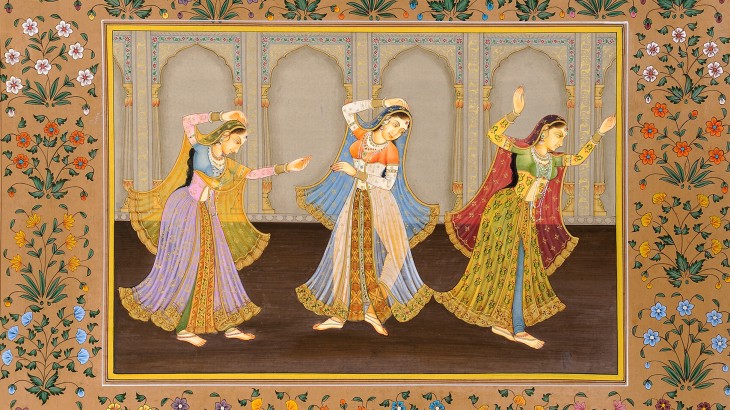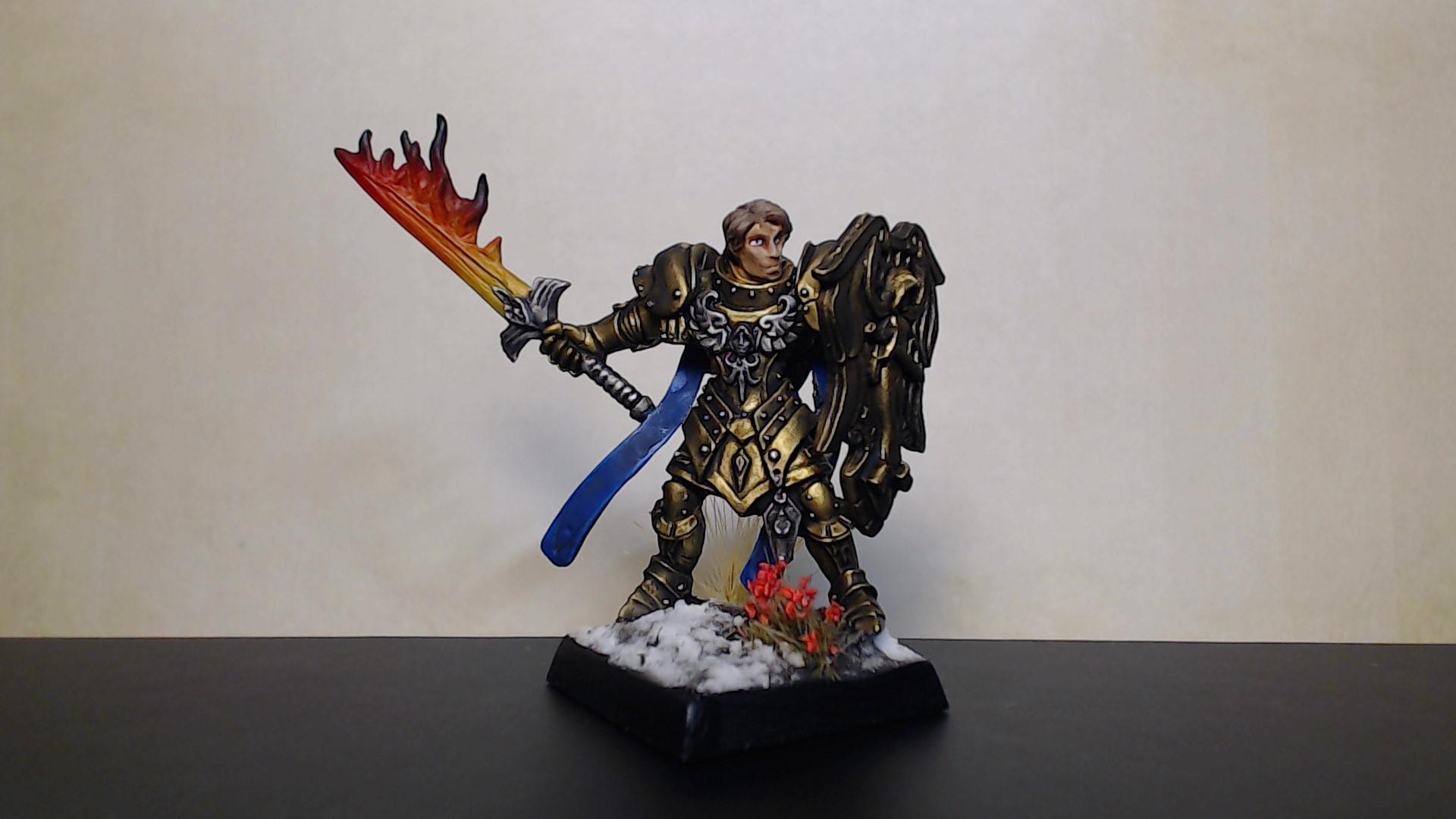Miniature art is kind of a fine Specialty Art. Many artists have the ability and skill to work on big artworks, but very few have the discipline and talent to work on smaller pieces of artwork. One truly needs great skill to work on such minute details. The artwork is not about the size, it is about the details in the picture. You can differentiate a normal painting with a miniature portrait by the level of details in them.
To become a miniature artist you need to have excellent hand coordination, patience, and time. A piece of artwork is considered as a good miniature painting when even if it is magnified several times it must still hold together as an extraordinary piece of art.
Most of the artworks are handmade, and they are very colourful and minute, but at the same time, it is very detailed. These paintings have an excellent brushwork. They are done intricately and delicately, and this gives the art a unique identity.

History of Miniature paintings:
Miniature paintings are quite popular in India, and the evolution of such artwork started around the 17th century in Western Himalayas. The mural paintings greatly influenced the Miniature artwork. These mural paintings were originated during the second part of the 18th century; this was the time when the Mughals ruled the northern part of India. The Mughal kings were said to be responsible for bringing in Persian art tradition in the form of Miniature art in India.
The artworks are usually painted on surfaces of materials like Lambskin and Ivory. For portraits people generally use ivory, but as there were many restrictions on ivory, they started to use other materials have taken the place of ivory. Casein, Watercolours, tempura, acrylics, and oil paints are some of the other conventional mediums that were used for miniature painting.
Transparent watercolour is coated on the painting to give a luminance look. Artists use multiple layers of translucent colours to achieve various colours in the picture.
Exhibitions:
There are many art societies which are keen on preserving and promoting traditional miniature artworks. Western societies conduct exhibitions that feature the handheld paintings and sculptures. Each and every display will have different rules and guidelines for painters who show in their exhibit. Sometimes rules are made in such a way that the size of the painting must not be bigger than a set square inch.
Some rules have restrictions on the size of the subjects like the 1/6th scale rule where the object in the artwork must not be painted bigger than 1/6th of its natural size. You also have the 2” rule, that a subject in the picture must not exceed 2”. Most of these scale rules were initially used to keep the artists in tracks, and now they have become guidelines.



